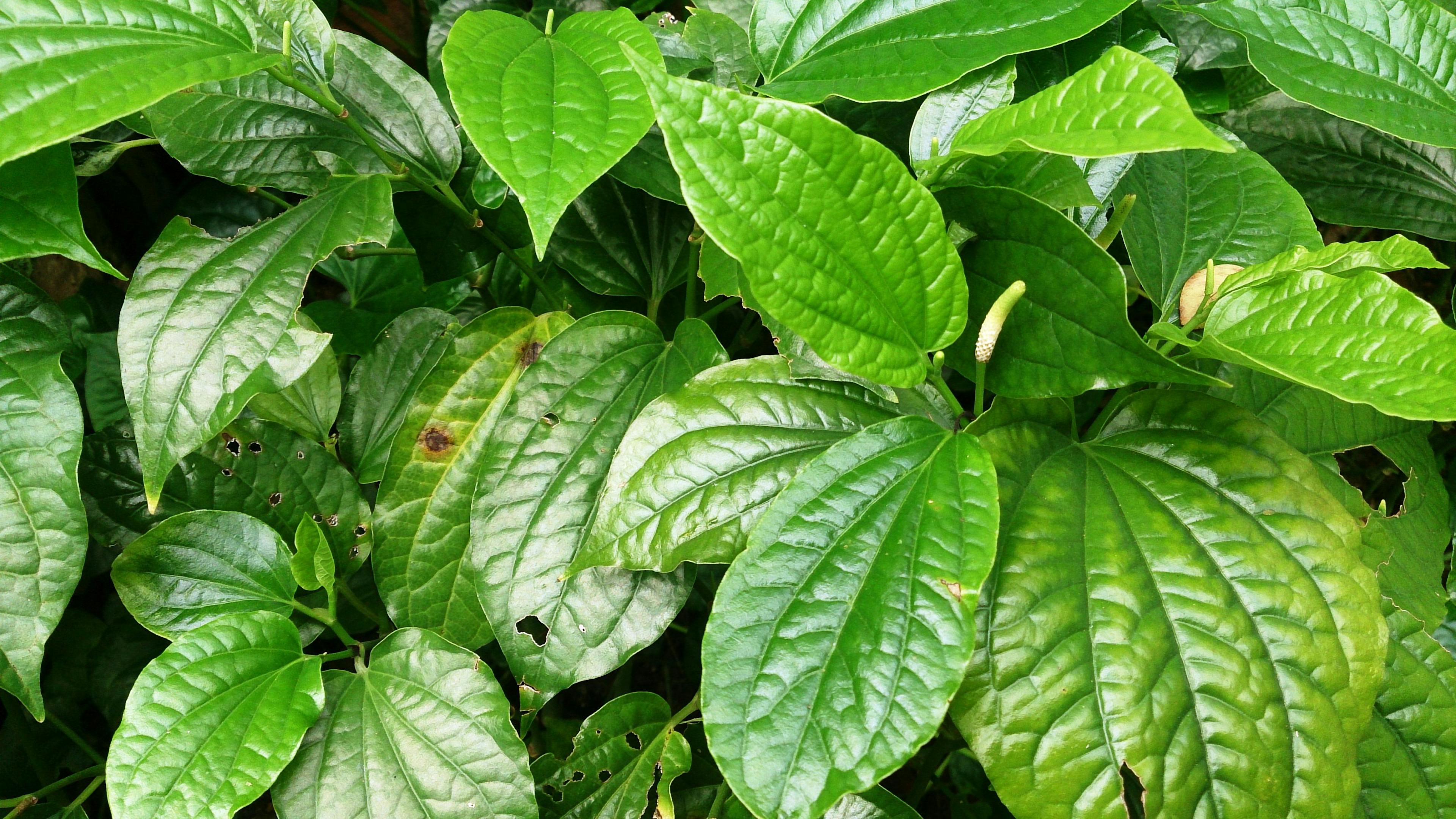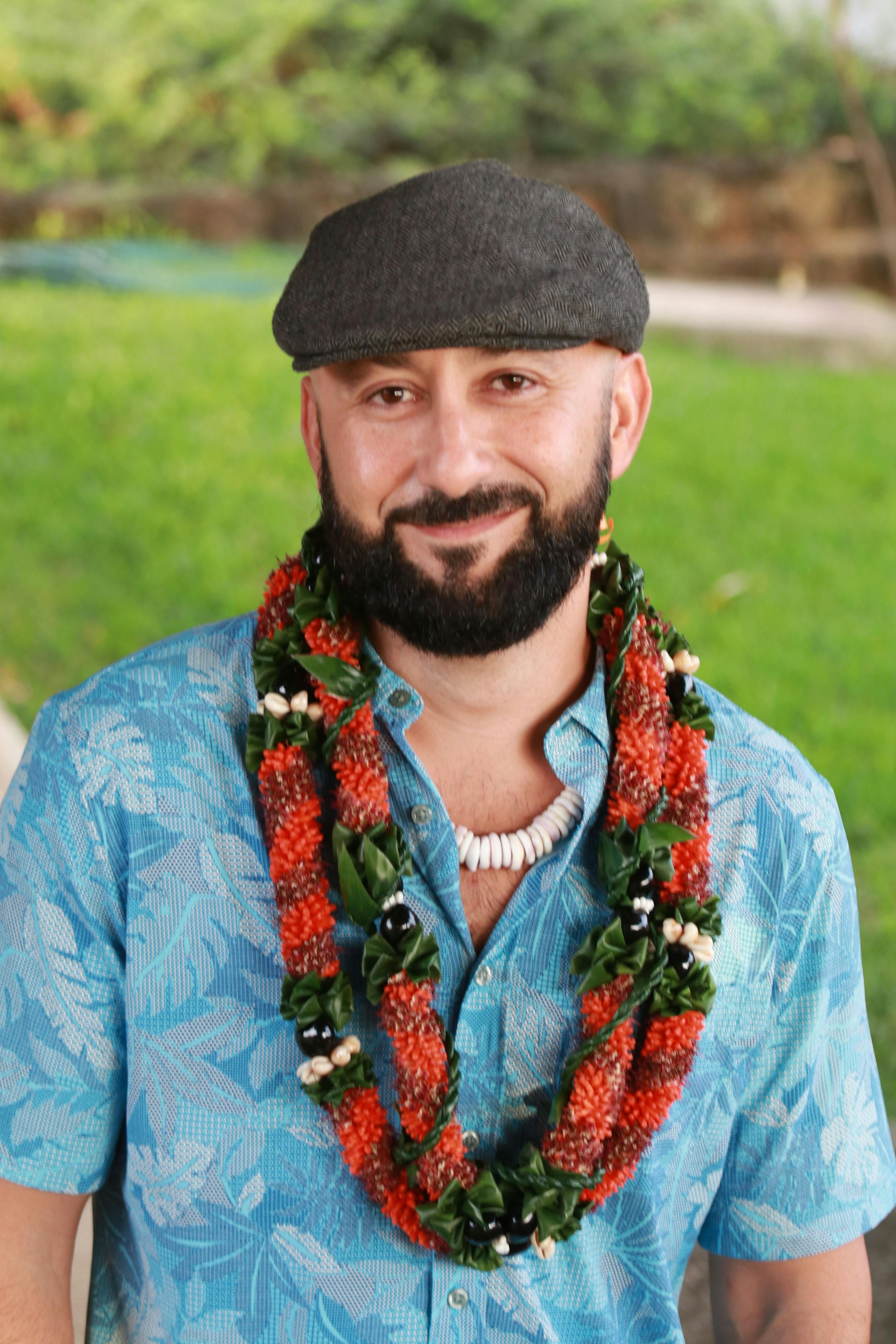This poem is taken from the chapter 'Wild Piper' in
The Mind of Plants
Narratives of Vegetal Intelligence
Synergetic PressBook launchWebsite
The first eåmtis1 who found me
in the deep jungle
bowed to my branches—
called me saina—
& shared stories of her sick village—
i pitied them—no roots—
fragile bark—prone to illness
& pain—they weep
like no other wounded
animal on this island—
so i gifted her
my leaves
to soothe her people—
when the time came
i granted her permission
to teach her daughter
the places i grow
abundant—what illnesses i treat—
when to harvest—& this
was how we grafted
i taotao to i tano—
until
doctors arrived & hospitals erected—
until bulldozers uprooted our home—
until militaries & toxins
infected the soil—
until barbed wire fences separated
us—until i taotao tano
died from cancer & diabetes—
after so much loss
the descendants of eåmtis
are now returning
to relearn my names
& plant the sacred language
of åmot
back into their bodies—
so that we may grow perennially—
so that we may once again blossom
& heal—

